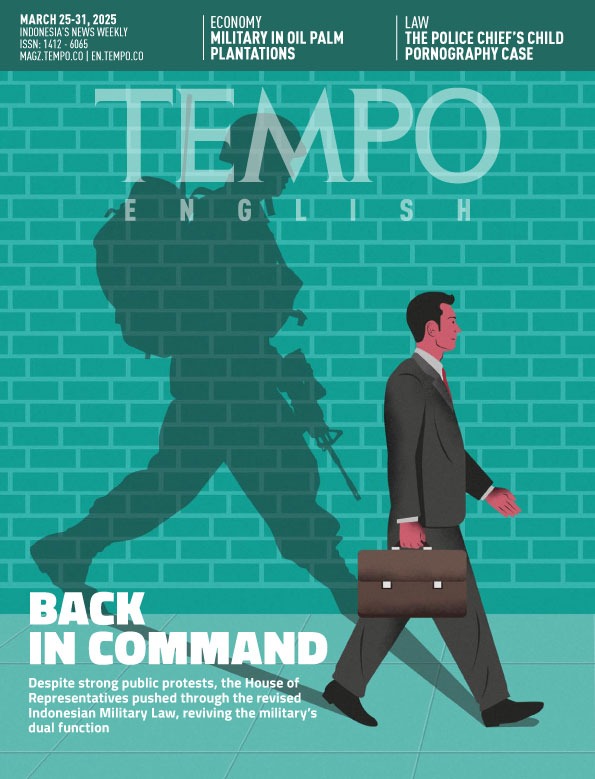A Move that Could Backfire
Tuesday, March 8, 2016
The tumbling of oil prices has rippled through the world economy in varying and unexpected ways. The same holds for its impact at home. Here, the government's oil revenue has shrunk and with the sluggish economy, tax revenue continues to fall below government targets. As a result, the government is reassessing its 2016 budget and is reluctantly forced to reduce its spending. Furthermore, not only is government revenue down, but the alternative funding source of issuing government bonds or borrowing is reaching its limits. The country's debt service ratio is already at 56 percent and the budget deficit to GDP is getting close to the legally mandated 3 percent. Given the lukewarm relationship with the House of Representatives, tweaking the debt limit is a step the government, understandably, wants to avoid.
So, unable to rely on exports and government spending to revive the economy, the government is forced to rely on the two remaining growth drivers, which are investments and consumption. The government has already opened the economy to foreign investment, as far as is politically acceptable, and any growth impact is still a long way down the road. This is why the emphasis now is on boosting consumption. And related to this is also why reducing bank lending rates for bank loans to grow, then spur consumption and eventually the economy, is a major priority.
arsip tempo : 174398046656.

The tumbling of oil prices has rippled through the world economy in varying and unexpected ways. The same holds for its impact at home. Here, the government's oil revenue has shrunk and with the sluggish economy, tax revenue continues to fall below government targets. As a result, the government is reassessing its 2016 budget and is reluctantly forced to reduce its spending. Furthermore, not only is government revenue down, but the alternative fun
...
Subscribe to continue reading.
We craft news with stories.
 For the benefits of subscribing to Digital Tempo, See More
For the benefits of subscribing to Digital Tempo, See More








